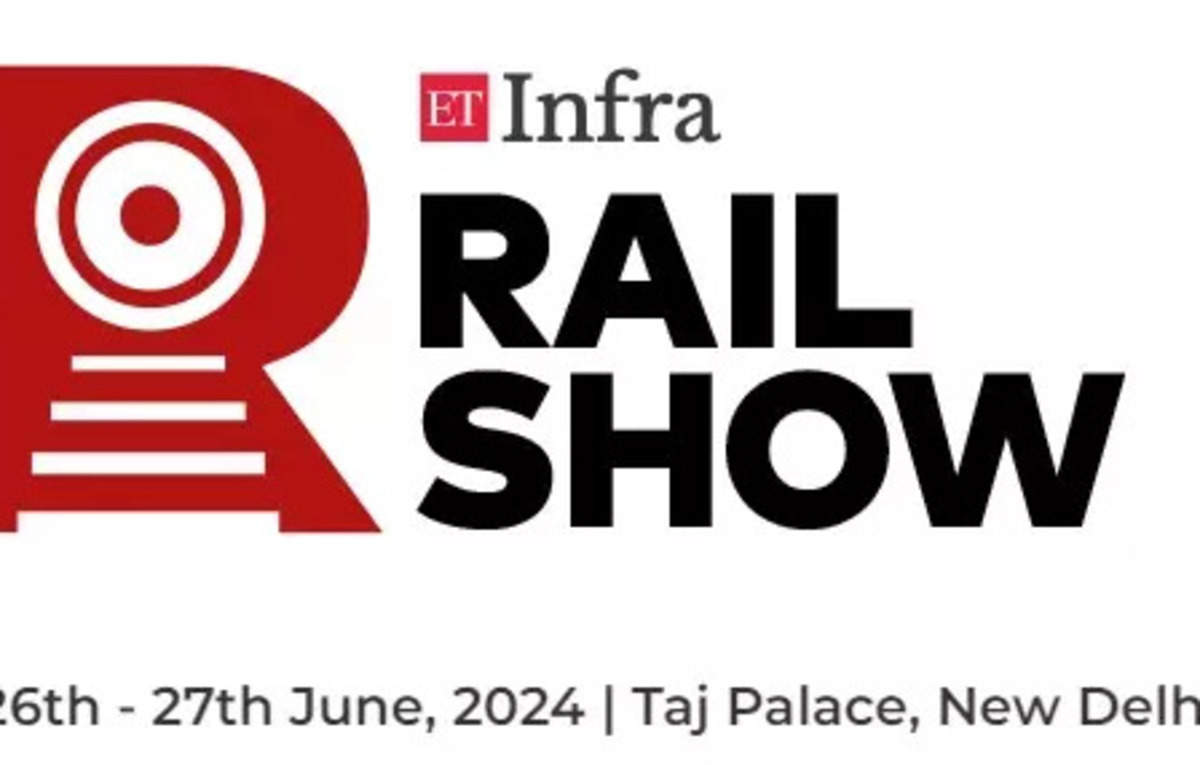


NEW DELHI: The first day of the 3rd edition of ET Infra Rail Show began with a Keynote address by Anil Kumar Khandelwal, Member (Infrastructure), Railway Board, Ministry of Railways, wherein he outlined the status of various railway infrastructure development initiatives undertaken by the government. The ET Infra Rail Show is being undertaken on 26th and 27th June. Khandelwal highlighted that 400 to 500 stations are being developed under the Amrit Bharat Station Scheme, which are expected to be completed by 2024. Overall, the government in the initial phase is aiming for the development and revamp of around 1,300 rail stations.
Sudhanshu Mani, Creator of Vande Bharat Express and Independent Consultant, outlined that the European Train Collision System can be adopted to prevent train accidents but it is possible to deploy the domestic Kavach system at a rate of 4,000-5,000 km per year.
continued below
Venkata Chunduru, Director & Head, India Operations at Arcadis IBI Group, was of the view that adoption of digital solutions can help prevent train accidents, while a good asset management system for railways network can bring in transformation.
In a special address, Vipul Mishra, Senior Development Specialist at Japan International Cooperation Agency (JICA) India, shared details about the pivotal role that JICA has played in the infrastructure development of the country. He shared that JICA is in talks with the government for the introduction of Light Metro, Metro Neo in Tier II and Tier III cities which can address the need of cities with smaller populations, without deployment of high capital intensive metro systems.
Electrification of railway tracks is helping the movement of high capacity locomotives, according to Vijay Agrawal, Managing Director, Head Infrastructure & Real Estate, Equirus. He highlighted that Indian Railways’ capex push is translating into business opportunity for the private sector and it has been profitable for them.
Panel discussions included deliberations on the ongoing development of a dedicated freight corridor and its current status, as well as the several technological adoptions that Regional Rapid Transit System has seen, making it India’s foremost most advanced rail system.